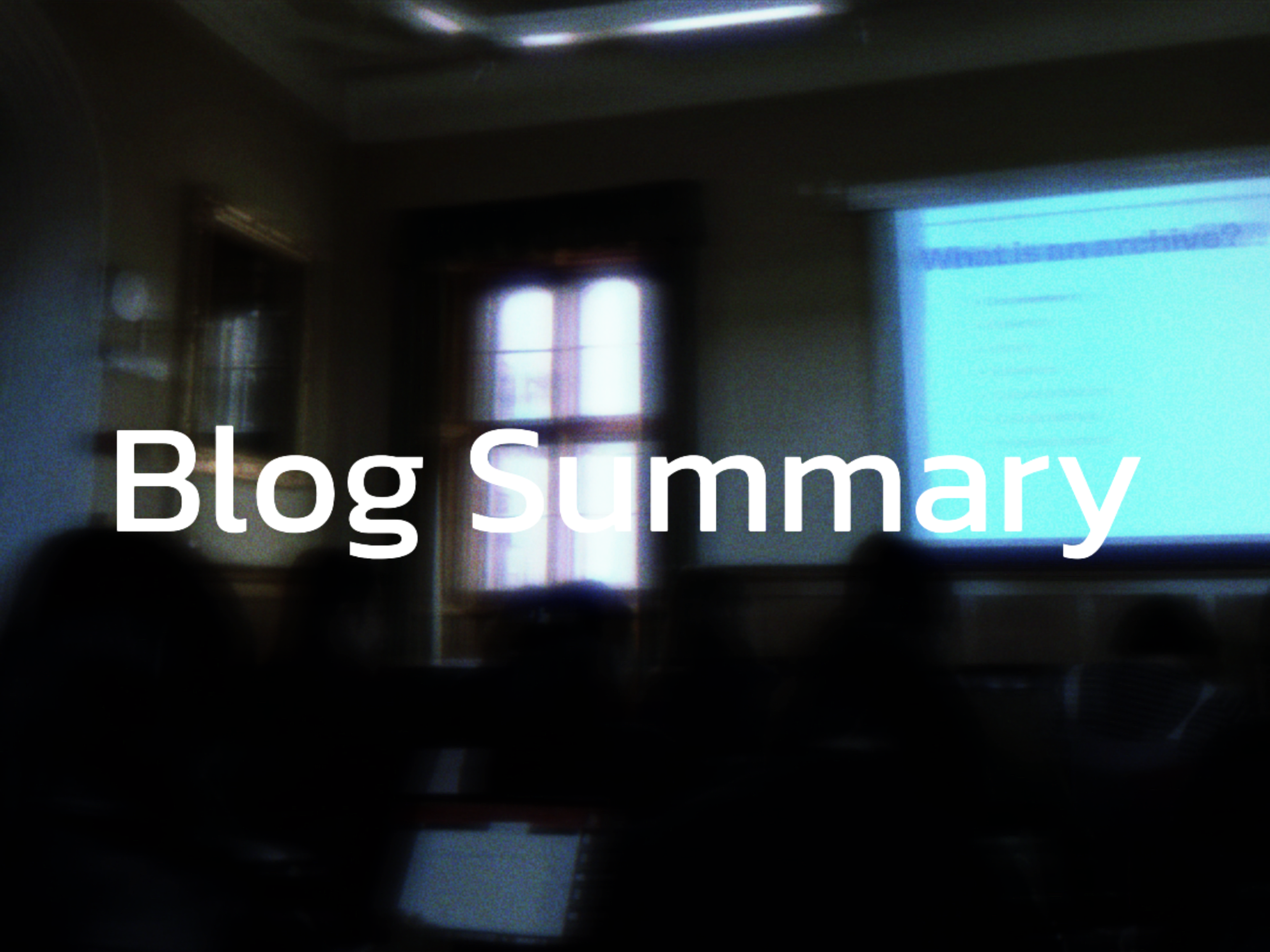Week10 Blog (1) |Curating Research Blog Summary (Weeks 2–9)

Project Title: Echoes of Silence: Inequality of Women in the Family
Curatorial Focus: Feminist theory, sound-based immersive experiences, embodied listening, and the politics of voice and silence in domestic life.
Week 2: Initial Ideas and Explorations
I began my research with a focus on sensory interaction in curating. Ryuichi Sakamoto’s exhibition Seeing Sound · Listening to Time offered inspiration in how sound can evoke emotion and memory. This introduced me to the curatorial potential of immersive, auditory environments and set the foundation for sound as the core medium of my project.
Week 3: Refining the Concept
Building on initial ideas, I explored how curatorial ethics shape exhibition-making. I reviewed participatory and interactive curatorial strategies that allow audiences to co-create meaning. This helped clarify my interest in using sound not just as atmosphere, but as a central, narrative force in challenging social norms.
Week 4: Sound, Perception and Space
I examined how sound can shape curatorial space through feminist and phenomenological theory. Drawing on Pauline Oliveros’ Deep Listening and Salomé Voegelin’s auditory phenomenology, I explored listening as a relational, embodied act (Oliveros 2005),. Also, research to Listen Gallery in Glasgow, and Yasmine Des Astres’ art works reinforced the importance of space as both physical and emotional. These insights directly informed the spatial strategy of my exhibition.
Week 5: Echoes of Silence – Exhibition Framework
This week marked a turning point: I finalised the exhibition title and conceptual framework. Echoes of Silence traces a woman’s life across three stages—birth, adolescence, and marriage—using sound to reveal how patriarchal family structures distort or suppress women’s voices.
– Birth: “The Unwanted Cry” features layered audio of sex-selection ads, echoing the cultural preference for boys.
– Adolescence: “Growing in Silence” presents an ASMR-style installation of “menstrual shame,” voiced through subtle, uncomfortable sounds.
– Marriage: “The Traded Voices” is a multimedia performance with composer Xue Ju (Fiona), where scorched wedding gowns, electronic dowry music and dance symbolise objectification in marital rituals.
Week 6: Research Methods and Development
I studied the political structures of artist-run spaces like Transmission and Céline, learning how alternative economies can inform curating. During a class presentation, tutor‘s feedback emphasised collaboration and form. What’s more, I was encouraged to deepen partnerships with sound artists and consider scenography to support the marriage section’s performance. This week helped me align theory, sound and exhibition form.
Week 7: Reflection and Critical Evaluation
Peer and tutor reviews praised the project’s theoretical depth, particularly how rituals frame the female body as both oppressed and resistant. I was advised to clarify the role of sensory participation and deepen the audience’s embodied experience. These reflections guided me to strengthen curatorial choices that encourage emotional resonance and active listening.
Week 8: Feminist Theory Integration
I engaged with key feminist texts:
– Audre Lorde:As Audre Lorde reminds us, “Your silence will not protect you” (Lorde 2007, 40), inspired the use of sound to break silence and reclaim agency.
– Bell Hooks shaped the educational and inclusive aspects of the exhibition.
– Bodies of Sound introduced “feminist listening,” prompting participatory soundscapes that transform visitors into co-listeners and co-witnesses.
These theories reframed sound as a feminist curatorial tool—not just content, but method.
Week 9: Interdisciplinary Influences and Exhibition Visit
A visit to Trading Zone 2025 at Talbot Rice Gallery showed how academic research and artistic practice can coexist. The interdisciplinary models in that show validated my own approach, blending feminist theory, sound studies and experiential design. I gained confidence in using curating as a method of political and sensory storytelling.Among them, Victoria Evans’ sound installation inspired me to explore immersive curation, and I plan to include it among the collaborating artists in my curatorial work.
Week 10:The relationship between curatorial elements and the details of the curatorial budget
This week, I studied the relationship between the theories and installations involved in the curatorial project, what role each plays in each other, and conducted a comprehensive analysis of the geographical environment of the curatorial site. Finally, I began to analyze the budget estimates required for each part of my project.
Conclusion
Over these nine weeks, my project evolved from abstract concepts to a concrete, theory-driven exhibition model. Echoes of Silence now integrates feminist thought, sound-based immersion, and embodied audience engagement. Curating, I’ve learned, is not only about selecting works, but about shaping how people feel, listen, and reflect.
Reference
Hooks, Bell. Feminism Is for Everybody: Passionate Politics. Cambridge, MA: South End Press, 2000.
Lorde, Audre. Sister Outsider: Essays and Speeches. Berkeley, CA: Crossing Press, 2007.
Oliveros, Pauline. Deep Listening: A Composer’s Sound Practice. New York: iUniverse, 2005.
Voegelin, Salomé. Listening to Noise and Silence: Towards a Philosophy of Sound Art. London: Continuum, 2010.
Walby, Sylvia. Theorizing Patriarchy. Oxford: Basil Blackwell, 1990.
The Door of Birth (生门). Directed by Qin Xiaoyu. China: Tencent News, 2016. Documentary film.
Trading Zone 2025. Exhibition at Talbot Rice Gallery, University of Edinburgh. March 2025.
Sakamoto, Ryuichi. Seeing Sound · Listening to Time. Exhibition. M WOODS Museum, Beijing. 2021.
Des Astres, Yasmine. Dounia. Exhibition. Listen Gallery, Glasgow. 2024.



